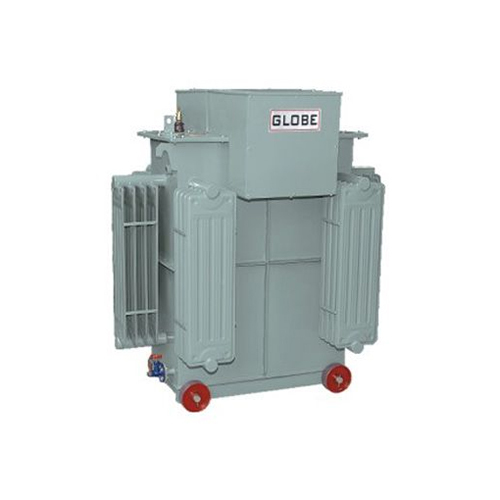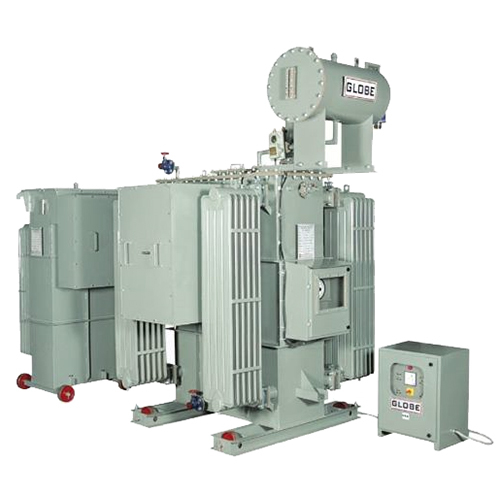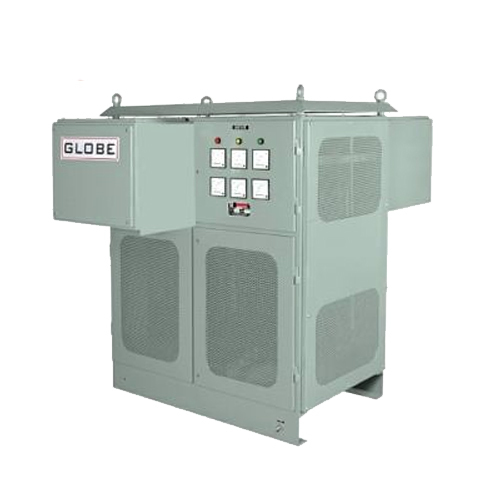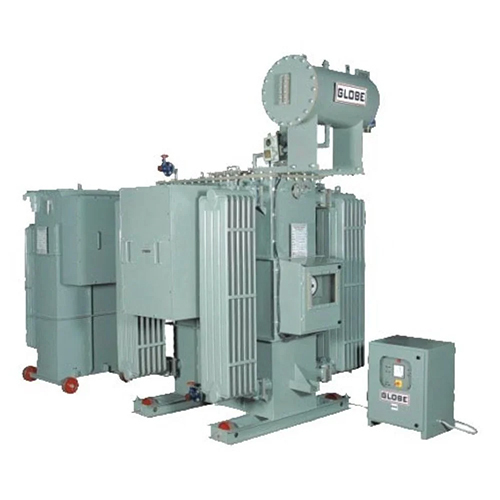Distribution Transformer
Distribution Transformer Specification
- Cooling Type
- Air Cooling
- Voltage Booster Type
- Dry
- Coil Material
- Silicon steel
- Product Type
- Electrical Transformer
- Material
- Mild Steel
- Frequency (MHz)
- 50 Hertz (HZ)
- Phase
- Three Phase
- Usage
- Industrial
- Coil Structure
- Laminated Core
- Power Scope
- Electric
Distribution Transformer Trade Information
- Minimum Order Quantity
- 1 Piece
- Supply Ability
- 50 Pieces Per Month
- Delivery Time
- Days
- Main Domestic Market
- All India
About Distribution Transformer
A distribution transformer is a key electrical device that steps down high-voltage electricity to a lower voltage suitable for commercial, residential, or industrial use. It consists of vital components like core (usually made of silicon steel) for magnetic flux, windings (copper or aluminum) for current conduction, and insulating oil to maintain temperature and prevent electrical faults. Modern fabrication techniques employ advanced design technologies like computer-aided modeling for efficiency and precision. Types include dry and oil-immersed transformers. Widely used in power utilities, construction, manufacturing, and telecom, they offer energy efficiency, reducing transmission losses and supporting stable power supply across industries.
Advantages
- REDUCTION IN BREAKDOWN OF ELECTRICAL EQUIPMENTS
- POWER SAVING (REDUCTION IN POWER BILLS)
- IMPROVEMENT IN POWER FACTOR (Only in case of High Voltage)
- 80% DEPRECIATION AS PER INCOME TAX ACT.
- UNIFORM QUALITY OF END PRODUCT
- BETTER EFFICIENCY IN PLANT
- REDUCTION IN MDI
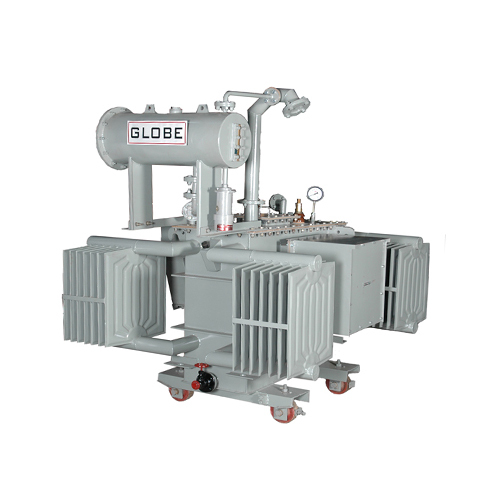

Price:
- 50
- 100
- 200
- 250
- 500
- 1000+
More Products in Power Transformer Category
Ultra Isolation Transformer
Price 150000 INR / Piece
Minimum Order Quantity : 1 Piece
Material : Copper
Frequency (MHz) : 50 Hertz (HZ)
Phase : Three Phase
Usage : Industrial
Transformer with Built In HT AVR-AVC
Price 250000 INR / Piece
Minimum Order Quantity : 1 Piece
Material : Mild Steel
Frequency (MHz) : 50 Hertz (HZ)
Phase : Three Phase
Usage : Industrial
Dry Type L.T Transformer
Price 200000 INR / Piece
Minimum Order Quantity : 1 Piece
Material : Mild Steel
Frequency (MHz) : 50 Hertz (HZ)
Phase : Three Phase
Usage : Industrial
5MVA 3-Phase Oil Cooled Power Transformer
Price 170000 INR / Piece
Minimum Order Quantity : 1 Piece
Material : copper wound
Frequency (MHz) : 50 Hertz (HZ)
Phase : Three Phase
Usage : Industrial

 Send Inquiry
Send Inquiry
